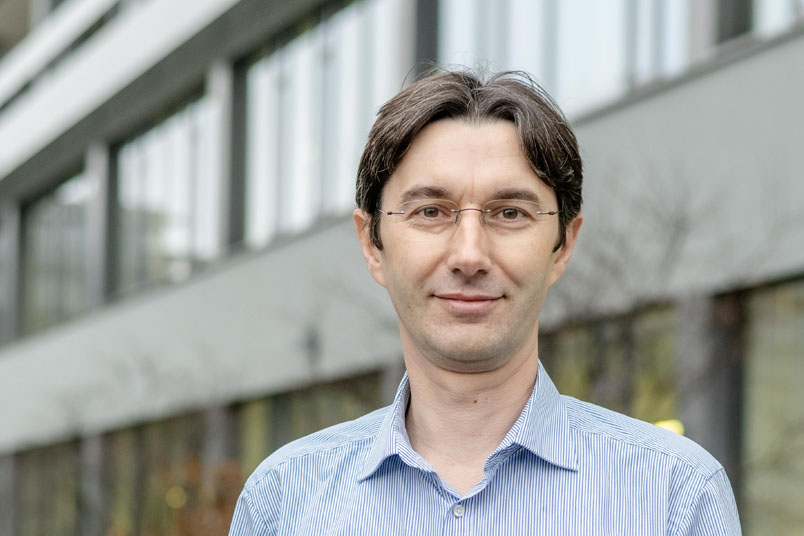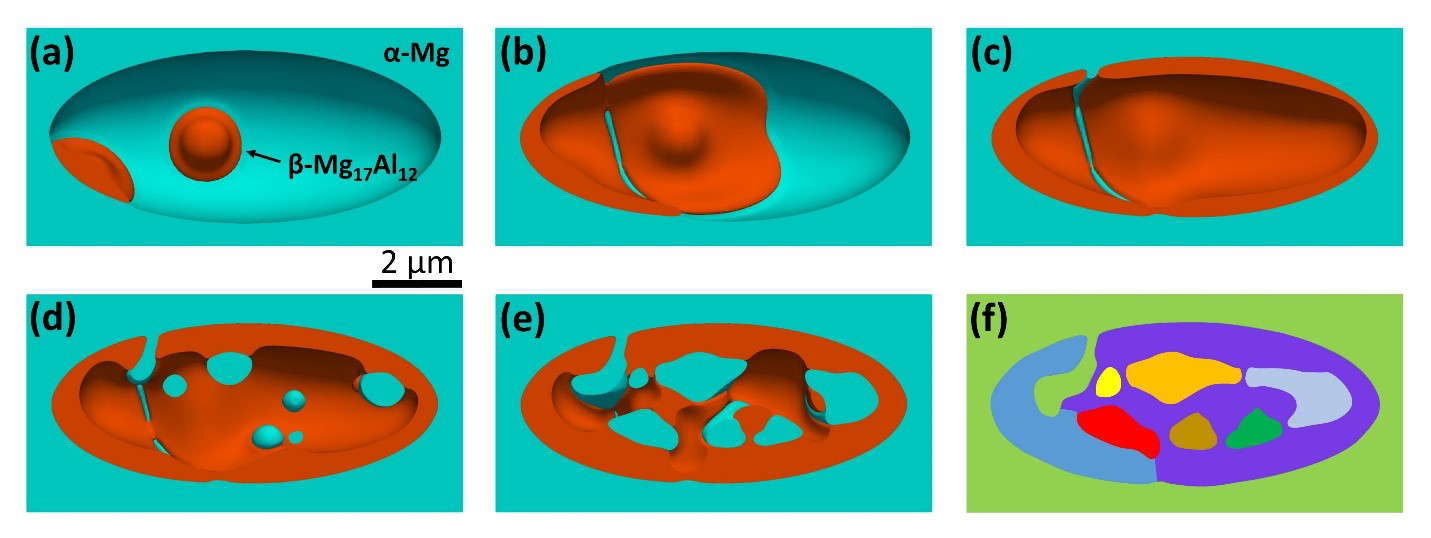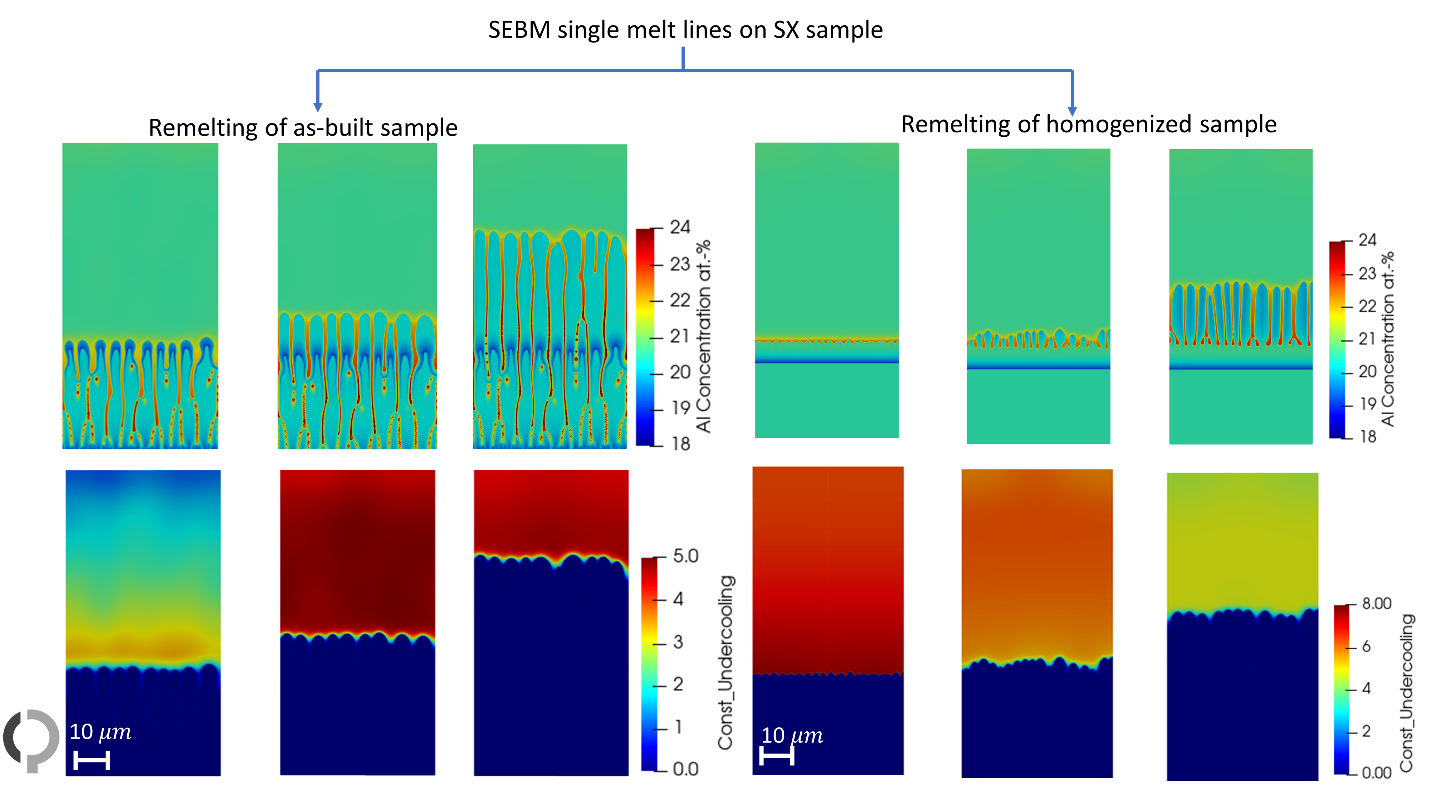Just another WordPress site - Ruhr-Universität Bochum
Research Group
Phase-field Simulation of Microstructures
 RUB, Marquard
RUB, MarquardResearch Group Leader
Room: 02-507
Tel.: +49 234 32 26761
E-Mail: oleg.shchyglo@rub.de
Research
Nowadays, the phase-field method allows to address not only generalized microstructure formation scenarios in a qualitative manner but also addressing real academic and industrial problems, showing good qualitative agreement with experimental observations. On top of that, the method provides access to the details of microstructure formation that are hard and some times not even possible to obtain experimentally.
This makes the phase-field method indispensable when studying complex transformations involving the simultaneous evolution of a number of relevant fields, e.g. temperature, composition, stress and strain as well as the microstructure itself. The quintessence of the transformation complexity can be attributed to the formation of bainite in steel where all fields mentioned above evolve simultaneously and have to be carefully considered. Together with the modeling of martensite formation the modeling of bainite formation in steel is one of our focus areas in ongoing research.

The group is developing an open source phase-field simulation library OpenPhase which is closely related to our scientific projects.

Competences
- Phase-field modeling
- Phase transformations
- Microscopic elasticity theory
- OpenPhase library development

